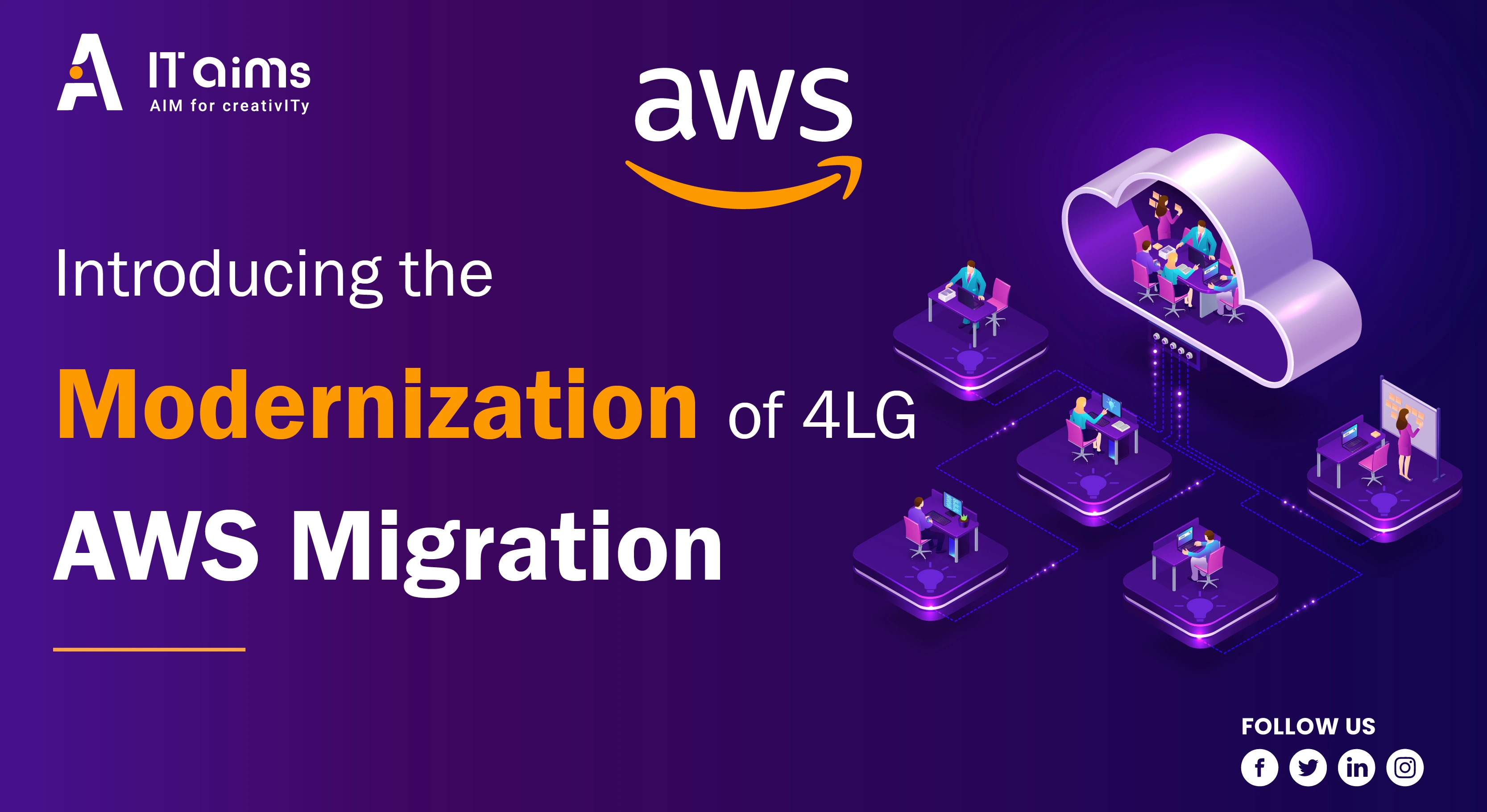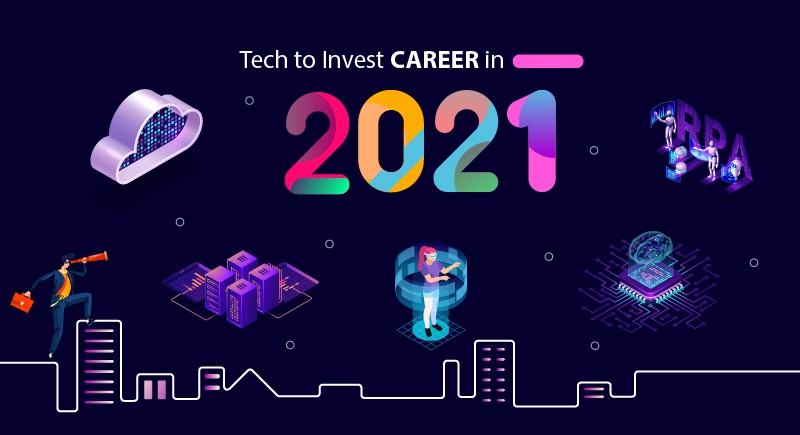
Introducing the Modernization of 4LG AWS Migration
In the rapidly changing landscape of technology, it is crucial for businesses to keep pace with evolving technologies. This requires modernizing applications and systems that are no longer considered state-of-the-art. Modernizing 4GL (Fourth Generation Language) applications and migrating them to the cloud is an effective way to keep up with the changes in technology. This blog explores the benefits of modernizing 4GL applications and migrating them to Amazon Web Services (AWS).
1.What is 4GL?
4GL, or Fourth Generation Language, is a programming language that allows developers to write code at a higher level of abstraction than other programming languages, making it easier to develop applications in a shorter amount of time. 4GL applications are commonly used for business applications such as enterprise resource planning (ERP), customer relationship management (CRM), and financial management systems.
2.Why Modernize 4GL Applications?
As the era evolves, 4GL programs can grow to be previous and hard to hold. those applications may additionally have old-person interfaces, making them challenging to use, and won't integrate nicely with more modern systems. furthermore, growing old hardware may be hard to update, main to problems in maintaining those systems. Modernizing 4GL packages can cope with those troubles and offer several blessings. This includes:
Improved User Experience:
Modernizing 4GL applications can improve the user experience by creating modern and intuitive user interfaces that are easier to use.
Improved Consumer Experience:
By using modernizing 4GL applications, the personal experience may be more suitable through intuitive and contemporary consumer interfaces which might be less complicated to use.
Increased Scalability:
Migrating 4GL programs to cloud platforms like AWS can take gain of the elastic scalability of the cloud, resulting in stepped-forward scalability.
Enhanced Security:
Modernizing 4GL packages can cope with security issues by imposing cutting-edge safety practices and technology.
Advanced Integration:
Modernizing 4GL applications can enhance integration with more recent systems, making it less difficult to change data between systems.
3.Migrating 4GL Applications to AWS
AWS is a famous cloud platform that provides a huge range of offerings, including computing, garage, and networking. Migrating 4GL packages to AWS can offer numerous advantages, along with:
Scalability:
AWS provides elastic scalability, which lets 4GL applications speedy scale up or down primarily based on demand.
Safety:
AWS offers robust safety functions, such as network protection, encryption, and identification, and gets entry to management (IAM).
Reliability:
AWS presents particularly available and fault-tolerant infrastructure, that may help ensure that 4GL applications are constantly available.
Price-powerful:
Migrating 4GL applications to AWS can provide cost financial savings by lowering hardware costs and getting rid of the need to maintain and upgrade hardware.
Conclusion
Modernizing 4GL applications and migrating them to AWS can provide several benefits, including improved user experience, increased scalability, enhanced security, and improved integration. It is important to work with experienced professionals to ensure a successful modernization and migration process. With the right team and approach, modernizing 4GL applications and migrating them to AWS can help businesses stay ahead of the curve and ensure their systems remain efficient, secure, and up-to-date.
FAQs
- Q.1: What is the fastest way to migrate a 4GL application to AWS cloud?
There are multiple methods to transfer a 4GL application to the AWS cloud. One approach is to use automation to modernize 4GL-based IT applications and move them to up-to-date technology stacks like Java and .NET for deployment on AWS infrastructure. This method can greatly decrease the time and cost required for modernization. Another option is the lift-and-shift method, where applications and databases are migrated to the AWS cloud in their current state. AWS also offers a range of tools and services to assist in automating the migration process.
- Q.2: What are the types of migration in AWS?
AWS has identified seven common strategies for migrating applications to the cloud. These strategies are known as the 7 R’s: relocate, rehost, replatform, refactor, repurchase, retire, and retain. Each strategy has its own advantages and challenges and can be chosen based on the specific requirements of the application being migrated.
- Q.3: What is the fastest way to transfer data to AWS?
One fast method for transferring data to AWS is by using AWS DataSync. This service can transfer data at speeds much faster than open-source tools and can be used to copy data over AWS Direct Connect or internet links for one-time migrations, recurring workflows, and automated replication. Another option is Amazon S3 Transfer Acceleration, which provides fast and secure transfers over long distances between your client and an S3 bucket.
- Q.4:How do you migrate applications to the cloud?
Migrating applications to the cloud involves several steps and requires careful planning. A key part of developing a migration strategy is to gather data on the application portfolio and determine the best approach for each application using common migration strategies such as the 7 R’s: relocate, rehost, replatform, refactor, repurchase, retire, and retain. Based on this information, organizations can create a plan for migrating their applications in a specific order.
- Q.5: How do I migrate legacy apps to AWS?
There are several approaches for migrating legacy applications to AWS. One approach is the lift-and-shift method, where applications and databases are migrated to the AWS cloud in their current state. Another approach is replatforming, which involves making small changes to the application’s architecture to prepare it for use in the cloud. AWS also offers various tools and services to help automate the migration process.
- Q.6: How do I migrate Java applications to AWS?
There are several options for migrating Java applications to AWS. One option is to use AWS services such as Lightsail or Elastic Beanstalk. Another approach is to use AWS App2Container, a command line tool that helps transform existing applications running in virtual machines into containers without requiring any code changes. This tool discovers applications running on a server, identifies dependencies, and generates relevant artifacts for deployment to Amazon Elastic Container Service or Amazon Elastic Kubernetes Service.
Popular Searches
Tags:


